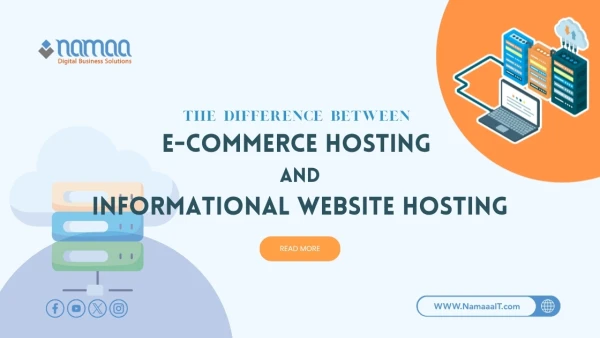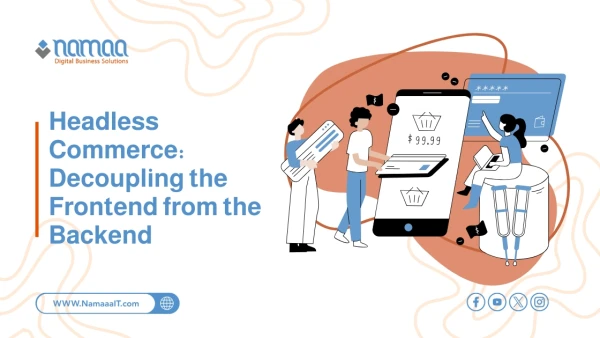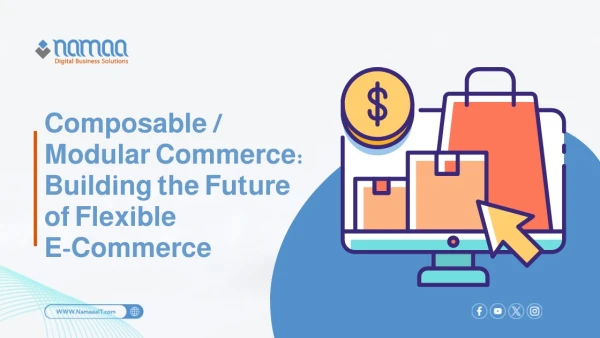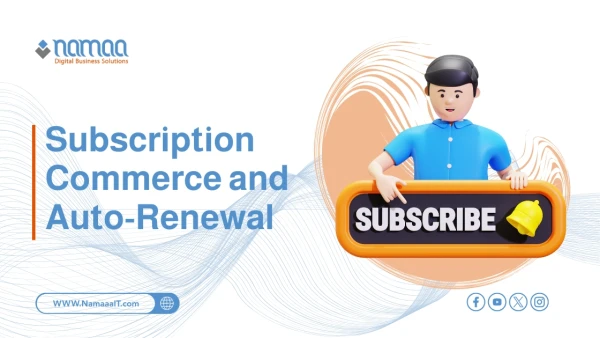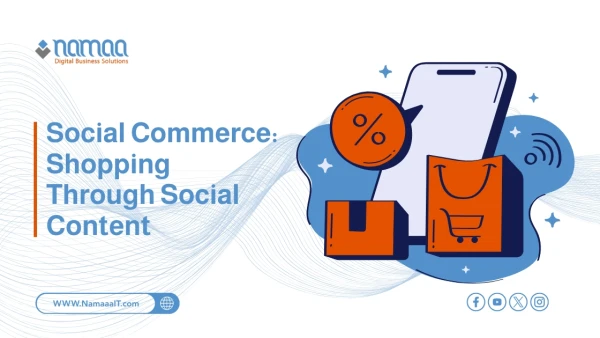In today’s e-commerce world, it’s not uncommon to invest heavily in advertising without seeing a real return in sales. This raises a crucial question: why aren’t your powerful ads converting into purchases? The truth is that ads alone won’t guarantee success—other foundational factors may be holding back your results, even with top-tier campaigns.
Here are the three key barriers that often undermine conversions despite large ad spends:
- Unappealing User Experience (UX)
- Weak Customer Trust
- Lack of Purchase Incentives
Understanding and optimizing these elements is the key to turning ad spend into actual revenue and achieving sustainable growth.
1. User Experience: The Foundation of Every Successful Sale
Why UX matters
User Experience (UX) encompasses every impression a visitor has, from landing on your website to completing a purchase. Even the most compelling ad won’t convert if the site experience is confusing or sluggish.
Common factors undermining UX
- Page load speed: Slow-loading pages frustrate visitors and erode trust.
- Navigation simplicity: Poor or messy UI makes product discovery difficult.
- Mobile responsiveness: Many visitors browse on mobile—non-responsive sites lose these customers.
- Transparency of information: Missing product details, prices, or return policy erodes confidence.
How to improve UX
- Use speed-testing tools to optimize your site’s performance.
- Simplify navigation: fewer clicks, clear categories, intuitive UI.
- Ensure full responsiveness across devices and browsers.
- Provide clear, complete product information, and highlight shipping/return policies.
2. Building Trust: The Deciding Factor in Purchase Decisions
Why trust matters
Trust is the invisible currency of e-commerce. A visitor won’t buy—even if prices are right—if they don’t feel secure in your store’s legitimacy.
- Red flags that hurt trust
- No customer reviews: Lack of user feedback makes your store look unproven.
- Vague policies: Unclear return or warranty terms raise doubts.
- Unfamiliar or insecure payment options: Lack of trusted gateways can scare customers off.
- Poor or missing support channels: No clear contact info or chat support undermines confidence.
How to build trust
- Showcase customer reviews and testimonials prominently.
- Add badges from recognized brands or satisfaction guarantees.
- Clearly state return and refund policies.
- Offer well-known, secure payment options and display SSL/security badges.
- Provide clear, accessible support details—WhatsApp, email, live chat.
3. Strong Incentives: Prompt the “Buy Now” Decision
Why incentives matter
Without a compelling reason to buy now, customers may delay or abandon purchase—ads alone don’t create urgency.
- Powerful incentive examples
- Limited-time discounts or coupons
- Free shipping thresholds
- Free gifts or samples with purchase
- Scarcity messages (“Only 2 left!”)
- Implementation tips:
- Offer exclusive promotions for first-time buyers.
- Enable free shipping once customers reach a set spend.
- Use countdown timers or limited stock notices.
- Add bonus items or samples to orders.
4. The Customer Journey: From Ad Click to Completed Sale
Here’s a quick overview of where leaks happen—and how to fix them—in the customer journey:
| Stage | Common Issues | Solutions |
|---|---|---|
| Ad Click | Misleading or unclear messaging | Clarify ad copy and set the right expectations |
| Landing Page | Slow load time or poor design | Improve speed and layout |
| Product Browsing | Hard to search or navigate | Simplify categories and filters |
| Product Page | Missing info or low-quality visuals | Add detailed copy and high-res product images |
| Cart & Checkout | Complex steps, limited payment methods | Streamline checkout and add multiple payment options |
| Post-Purchase Support | No quick support or delays in replies | Offer fast, reliable customer support |
5. Measuring the Real ROI of Your Ad Spend
Stop focusing only on clicks and traffic. Key metrics that reflect true performance:
- Conversion Rate
- Average Order Value (AOV)
- Cart Abandonment Rate
Track the entire funnel: from ad view to purchase—pinpointing where drop-offs happen and why.
6. Action Plan: How to Turn Your Ad Dollars into Revenue
- Audit UX regularly and improve navigation, speed, and content.
- Build trust through transparency, customer testimonials, warranties, and strong security measures.
- Offer compelling incentives: discounts, freebies, urgency messaging.
- A/B test ads and landing pages—optimize based on actual results.
- Invest in strong customer support to handle pre- or post-sale queries fast and well.
7. Final Thoughts
Spending big on ads won’t generate sales unless your store delivers:
- Smooth, friction-free user experience.
- Enduring trust with secure, transparent processes.
- Strong incentives to prompt action now.
Focus on UX + Trust + Incentives, and you’ll turn ad impressions into real conversions and sustainable growth.
FAQs
- Does product type or audience affect ad success?
Yes. High-education products (e.g., B2B tools) need explanation; impulse-buy items require urgency. Cultural and demographic factors also matter. - How does heavy competition affect ad results?
Competitive markets raise costs and split attention. Differentiate through added value—like customer support or guarantees. - Do visuals matter?
Absolutely. Poor visuals damage credibility. Invest in quality images and video demos. - Does pricing alone impact conversion?
Yes. Price too high without justification puts customers off. Ensure price reflects value. - Is ad timing important?
Definitely. Peak seasons, weekends, and evenings can spike performance—analyze timing data accordingly.
Summary
88% of visitors won’t return after a poor UX.
70%+ of shoppers prefer sites with customer reviews.
60% of purchases occur when incentives like discounts/ free shipping exist.
Cart abandonment averages 69.8%, often due to checkout friction.
53% of store visits are mobile-originated; 46% drop off if mobile experience is poor.

.webp)


